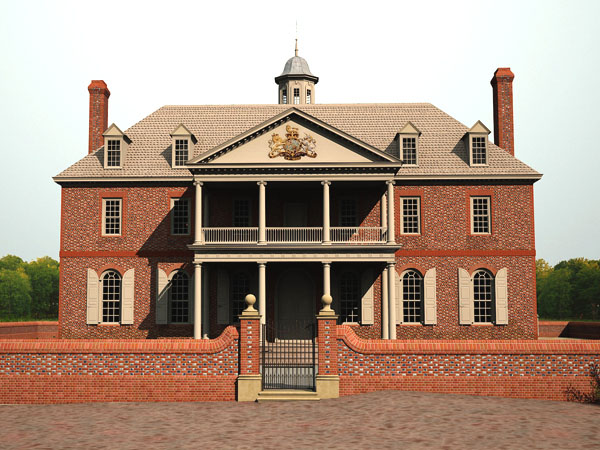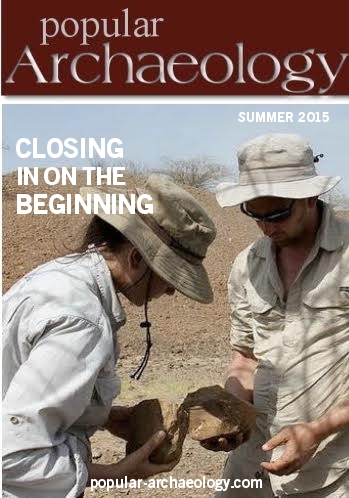
Archaeology isn’t only about excavating and recovering artifacts and buildings from the past. The extensive, ongoing research and analysis that comes from the archaeological investigation of historic and prehistoric sites can help inform computer graphics professionals and artists to create a visualization of what the past looked like—in essence, make the past come alive far beyond words on a page or computer screen.
This is what the experts with the Colonial Williamsburg Foundation have done with the countless sets of information acquired through many years of research on the artifacts and structures excavated through archaeological investigation at the site of colonial period Williamsburg in southern Virgina, in addition to careful and intense research of historical documents. And anyone interested in the events related to the 18th century struggle of American colonists for independence from Britain can thank those experts for the viewing opportunity afforded at the website for Colonial Williamsburg, the one-time capital of the Virginia colonies and a major seat of British power before war broke out in 1776.
_________________________________________________________
 The second Capital of Williamsburg (completed 1753), as it appeared on the eve of the American Revolution. The reconstructed building seen by tourists today represents the first, earlier version of the Capital, which was destroyed in a fire. Courtesy Digital History Center, Colonial Williamsburg Foundation, from the article, Imaging History in a Revolutionary Town, by Meredith Poole.
The second Capital of Williamsburg (completed 1753), as it appeared on the eve of the American Revolution. The reconstructed building seen by tourists today represents the first, earlier version of the Capital, which was destroyed in a fire. Courtesy Digital History Center, Colonial Williamsburg Foundation, from the article, Imaging History in a Revolutionary Town, by Meredith Poole.
_________________________________________________________
Words cannot substitute for experience, so here is the website for the reader’s enjoyment.
See a related article, Imaging History in a Revolutionary Town by Meredith Poole, published in the June 2013 issue of Popular Archaeology Magazine.
___________________________________________
 Read more in-depth articles about archaeology with a premium subscription to Popular Archaeology Magazine.
Read more in-depth articles about archaeology with a premium subscription to Popular Archaeology Magazine.
In addition, the latest Popular Archaeology ebook is now available.
______________________________________________
Travel and learn with Far Horizons.
____________________________________________
 Popular Archaeology’s annual Discovery Edition eBook is a selection of the best stories published in Popular Archaeology Magazine in past issues, with an emphasis on some of the most significant, groundbreaking, or fascinating discoveries in the fields of archaeology and paleoanthropology and related fields. At least some of the articles have been updated or revised specifically for the Discovery edition. We can confidently say that there is no other single issue of an archaeology-related magazine, paper print or online, that contains as much major feature article content as this one. The latest issue, volume 2, has just been released. Go to the Discovery edition page for more information.
Popular Archaeology’s annual Discovery Edition eBook is a selection of the best stories published in Popular Archaeology Magazine in past issues, with an emphasis on some of the most significant, groundbreaking, or fascinating discoveries in the fields of archaeology and paleoanthropology and related fields. At least some of the articles have been updated or revised specifically for the Discovery edition. We can confidently say that there is no other single issue of an archaeology-related magazine, paper print or online, that contains as much major feature article content as this one. The latest issue, volume 2, has just been released. Go to the Discovery edition page for more information.
____________________________________________





